In interior design, lighting plays a crucial role in creating a space that is not only visually appealing but also functional and comfortable. Let’s delve into why lighting is such a vital aspect of interior design and how it can transform spaces.
Lighting is more than just illuminating a room; it sets the mood, enhances the ambiance, and can even make a space appear larger or cozier. Understanding the different types of lighting is key to creating a well-balanced and inviting environment.
Types of Lighting
- Natural Lighting: Harnessing natural light through windows, skylights, and light wells not only reduces energy consumption but also creates a connection with the outdoors.
- Ambient Lighting: Provides overall illumination, often through ceiling-mounted fixtures or wall sconces, creating a comfortable environment for everyday activities.
- Task Lighting: Direct and focused lighting for specific tasks such as reading, cooking, or working, ensuring adequate visibility and reducing eye strain.
- Accent Lighting: Highlights focal points, artwork, or architectural elements, adding depth and visual interest to a room.
Importance of Lighting in Interior Design
- Enhancing Mood and Atmosphere: Proper lighting can create different moods, from relaxing and cozy to vibrant and energetic, influencing how people feel in a space.
- Highlighting Architectural Features: Well-placed lighting can draw attention to architectural details like vaulted ceilings, exposed beams, or intricate moldings, adding character to the space.
- Improving Functionality: Task lighting in kitchens, offices, and bathrooms improves functionality and safety by providing adequate illumination for specific tasks.
Factors to Consider in Lighting Design
- Color Temperature: Choosing the right color temperature (warm or cool) can affect the ambiance and perception of space.
- Light Fixtures and Placement: Selecting appropriate fixtures and placing them strategically enhances both aesthetics and functionality.
- Energy Efficiency: With advancements in LED technology, energy-efficient lighting options are not only environmentally friendly but also cost-effective in the long run.
Latest Trends in Lighting for Interior Design
- Smart Lighting Systems: Integration with smart home technology allows for customized lighting control, scheduling, and energy management.
- Sustainable Lighting Solutions: From solar-powered lights to recycled materials in fixtures, sustainable lighting options align with eco-conscious design principles.
Pros and Cons aobut Lighting Important in Interior Design
Pros:
- Enhances Aesthetic Appeal: Proper lighting can highlight architectural features, artwork, and decor, adding depth and visual interest to a space.
- Sets the Mood: Different lighting arrangements and color temperatures can create various atmospheres, from cozy and intimate to bright and energetic, influencing how occupants feel in the space.
- Improves Functionality: Task lighting in areas like kitchens, bathrooms, and home offices enhances visibility and facilitates specific activities, improving overall usability.
- Increases Safety: Well-lit pathways, staircases, and entrances improve safety by reducing the risk of accidents, particularly during nighttime or in dimly lit areas.
- Promotes Energy Efficiency: Incorporating natural light and using energy-efficient lighting fixtures can reduce electricity consumption and lower utility bills.
- Accentuates Design Elements: Lighting can accentuate design elements, textures, and materials, contributing to a cohesive and visually appealing interior design scheme.
- Creates Visual Comfort: Properly layered lighting minimizes glare and shadows, creating a comfortable environment for occupants and reducing eye strain.
Cons:
- Costly Installation: Installing proper lighting infrastructure, especially in existing structures, can be expensive and may require rewiring or modifications to accommodate new fixtures.
- Maintenance Required: Regular maintenance is necessary to ensure that lighting fixtures remain functional and aesthetically pleasing, which can be time-consuming and may incur additional costs.
- Energy Consumption: Poorly designed or excessive lighting can lead to unnecessary energy consumption and environmental impact, particularly if inefficient bulbs or fixtures are used.
- Limited Control: In spaces with limited natural light, occupants may have limited control over lighting conditions, leading to reliance on artificial lighting throughout the day.
- Design Constraints: The placement of lighting fixtures may be constrained by architectural elements, furniture layouts, or structural limitations, limiting design options.
- Inconsistent Quality: Quality and color consistency of light bulbs may vary, leading to inconsistencies in lighting appearance and potentially affecting the overall design aesthetic.
- Overlooked Aspect: In the design process, lighting design may sometimes be overlooked or treated as an afterthought, resulting in less-than-optimal lighting solutions for the space.
Frequenty Asked Question about Light Important in Interior Design
Interior lights serve multiple purposes, including enhancing visibility, creating ambiance, highlighting design elements, and improving functionality within a space.
Lighting greatly impacts the ambiance and functionality of an interior space. It can influence mood, perception of space, and overall comfort level, as well as highlight architectural features and design elements.
Lighting can dramatically alter the look and feel of a room by creating different atmospheres and focal points. For example, soft, warm lighting can create a cozy and intimate ambiance, while bright, cool lighting can make a space feel more energetic and modern.
The best lighting for a house depends on the specific needs and preferences of the occupants, as well as the functionality of each space. However, a combination of ambient, task, and accent lighting is generally recommended to provide overall illumination, task-specific lighting, and visual interest throughout the home.
Conclusion
Lighting is a powerful tool in interior design, influencing the look, feel, and functionality of a space. By considering the type of lighting, its placement, and energy efficiency, designers can create environments that are both aesthetically pleasing and practical.



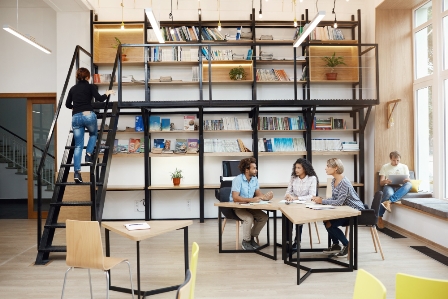
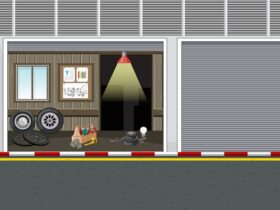
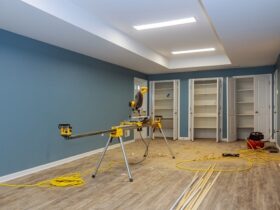
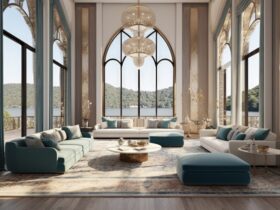

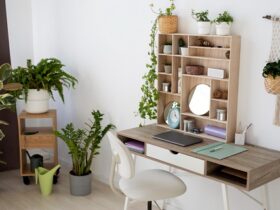
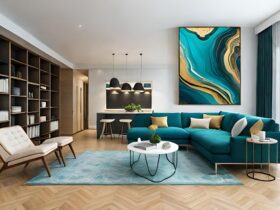

Find Us on Socials